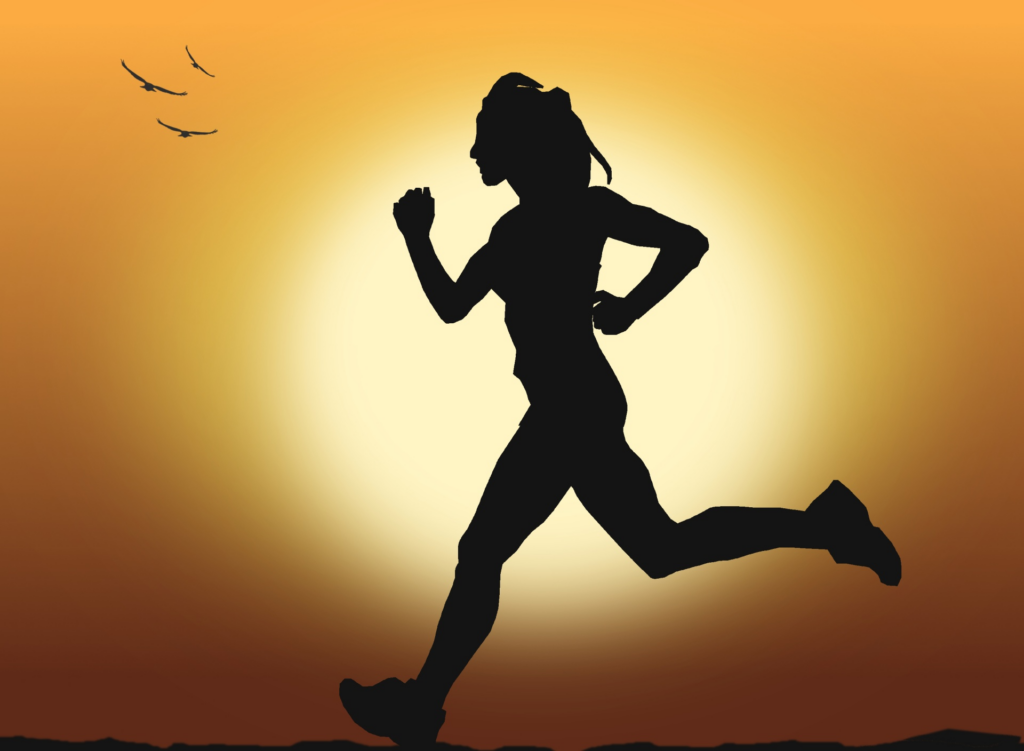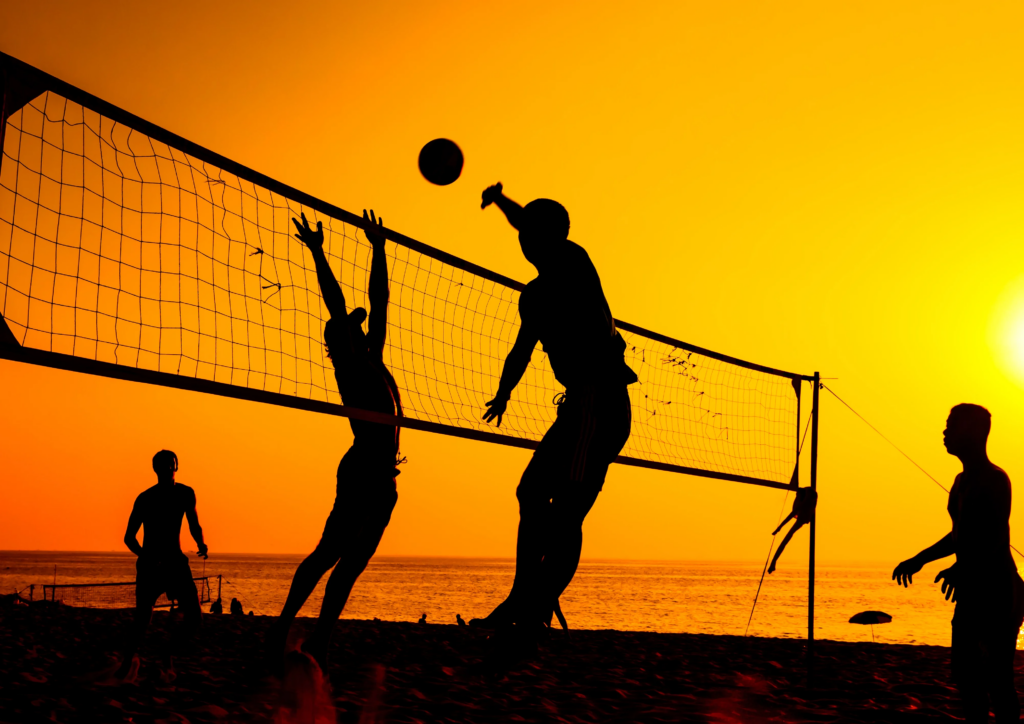My name is Sarah Norman. I’m in my 4th year of my BA with a major in English and a minor in EPHE. During my educational journey, I have been working at Oak Bay Recreation doing after school care programming and team leading camps. I’ve enjoyed working with elementary school kids; however, I decided early on that high school teaching is the route I want to take. Active health education can shape young people’s attitudes toward health and wellness by creating a positive image of how wellness can benefit one’s life. Educators need to understand key components of health because these key concepts as a core focus will benefit both students and educators. By taking the time to learn both from studies and students shared experiences, educators can foster a safe environment with open discussion about why we do what we do when it comes to movement. The key issue in youth physical activity is lack of awareness, relating specifically to girls in sport. Growing up playing sports, majority of my coaches were males, often who’d never instructed girls before. There was pressure to perform at the same levels as boys, or limitations for sports teams because not enough girls signed up. I wanted to play football in grade 7 but was unable to due to there being only enough boys wanting to and not being able to join the boys’ team. Additionally, girls’ bodies have different developmental stages than boys, and this often got overlooked. As a future leader in sport and health education, I will work to educate colleagues of all genders on developmental stages in female youth and discuss ways programs can be adapted to become more inclusive. Through working in recreation, I’ve learned how every year an increasing number of youth spend their time indoors. Sedentary behaviour is not the fault of a child. Guardians and role models in a child’s life can demonstrate healthy behaviors. Many families struggle to maintain a healthy, active life, and these habits fall onto the children. It’s easy to become lazy and lose motivation, and as a teacher if I see certain patterns relating to sedentary behavior that is cause for concern, I’ll try to inspire the child to become excited about moving their body and fall in love with feeling good. To promote an active lifestyle, I’ll try a variety of activities such as outdoor ed or frisbee golf, to cater to a wide range of interests. Also, speaking to the children about what activities or sports they’re interested in doing will allow me to adjust lessons and choose activities that spark interest in my class. Using the five-step model as a guide, as a teacher I will assess individual needs and fitness levels, set goals and create action plans unique to students requests, organize programs of interest to students to take part in outside of school hours, take feedback from students, and finally evaluate students and adjust how I’m teaching to help students improve their understanding and skills. Lastly, promoting health competencies can impact physical development by enabling students to learn about the importance of regular physical activity, proper nutrition, hydration, and sleep, contributing to overall physical health. Additionally, by developing skills in physical activity, students are more confident in their abilities, contributing to better performance in sports and physical tasks. Health competencies can lead to overall improvement in spirit, mind, and body for students. With targets on social, emotional, and physical development, these competencies provide the foundation for students to thrive by fostering healthy habits, emotional resilience, and strong relationships. As a teacher, I plan to integrate these competencies into my practice by creating a safe, open environment that encourages lifelong health, well-being, and community engagement.


Images cited: Woman Running Free Stock Photo – Public Domain Pictures & 6dvotamb3ddiy7qw.jpg (1920×1358)